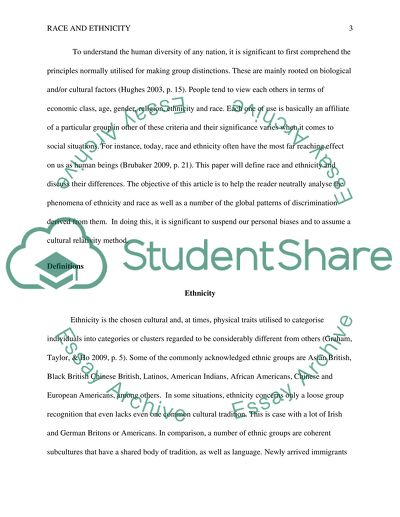Cite this document
(“Definite race and ethnicity explain the differences between them Essay”, n.d.)
Definite race and ethnicity explain the differences between them Essay. Retrieved from https://studentshare.org/sociology/1691778-definite-race-and-ethnicity-explain-the-differences-between-them
Definite race and ethnicity explain the differences between them Essay. Retrieved from https://studentshare.org/sociology/1691778-definite-race-and-ethnicity-explain-the-differences-between-them
(Definite Race and Ethnicity Explain the Differences Between Them Essay)
Definite Race and Ethnicity Explain the Differences Between Them Essay. https://studentshare.org/sociology/1691778-definite-race-and-ethnicity-explain-the-differences-between-them.
Definite Race and Ethnicity Explain the Differences Between Them Essay. https://studentshare.org/sociology/1691778-definite-race-and-ethnicity-explain-the-differences-between-them.
“Definite Race and Ethnicity Explain the Differences Between Them Essay”, n.d. https://studentshare.org/sociology/1691778-definite-race-and-ethnicity-explain-the-differences-between-them.


